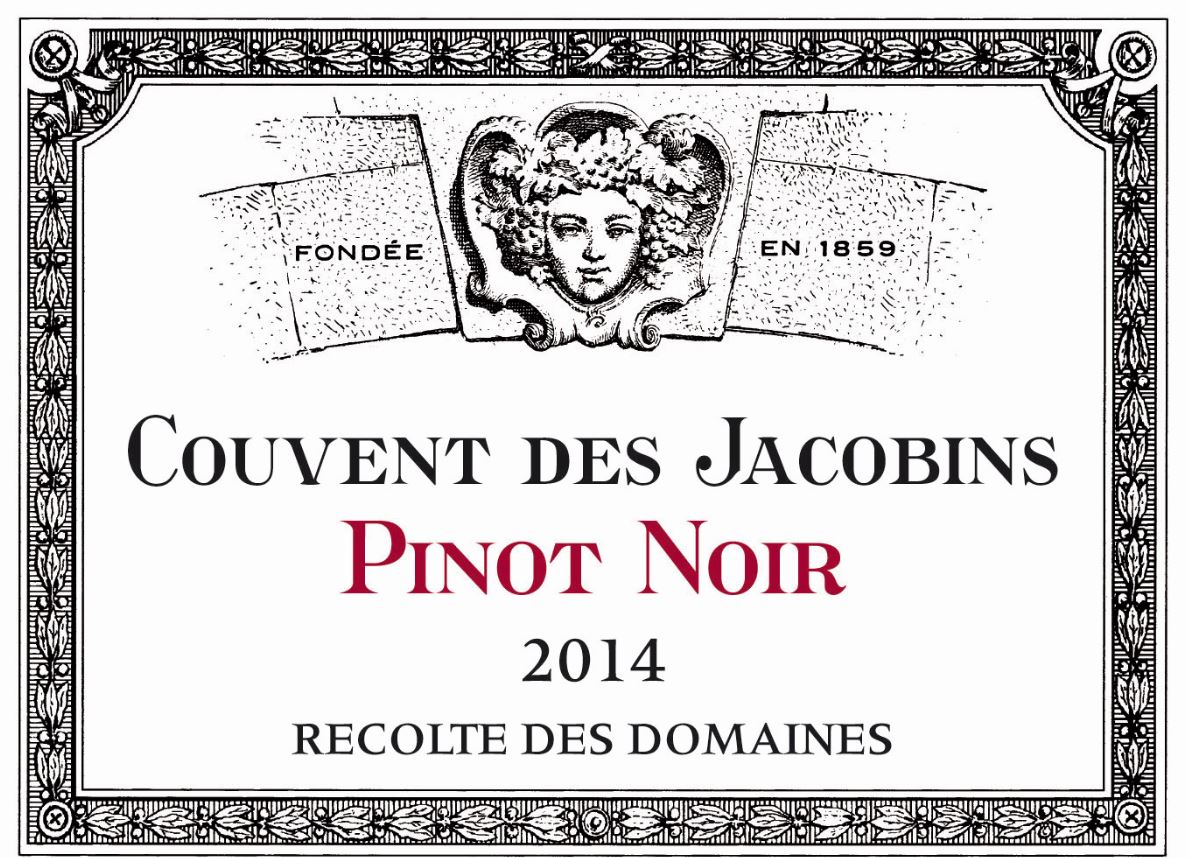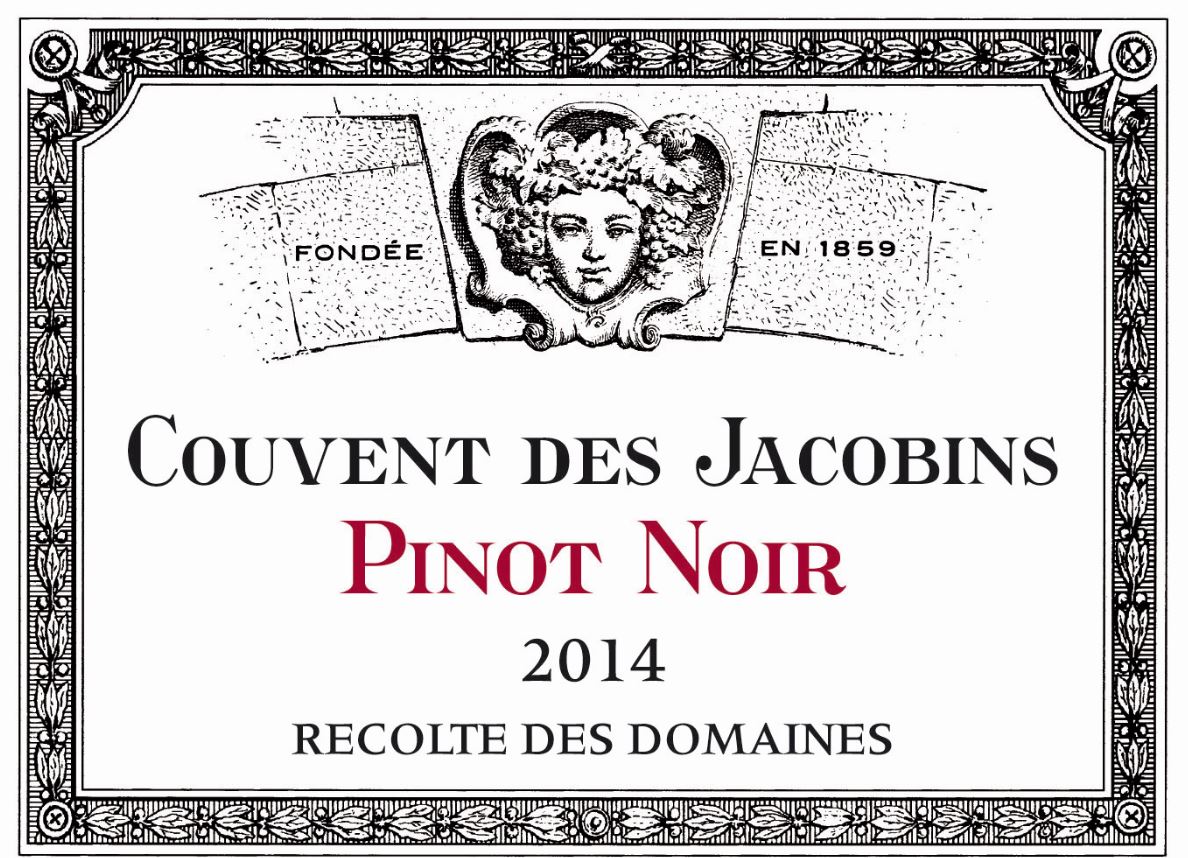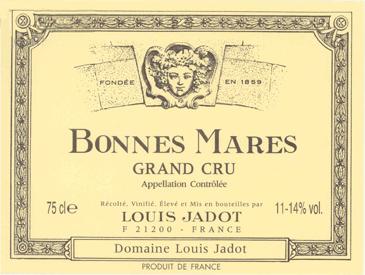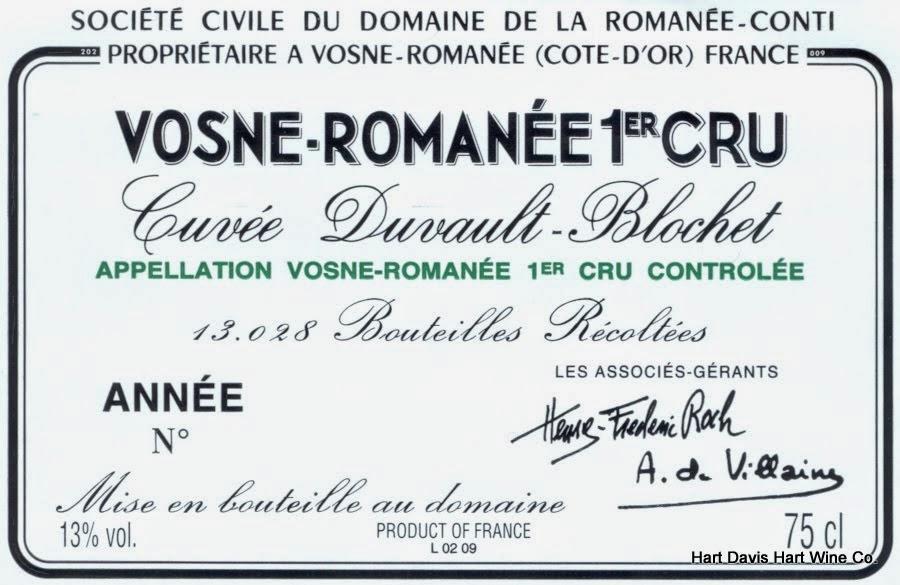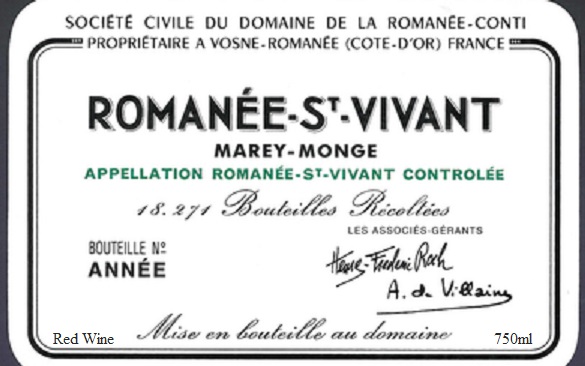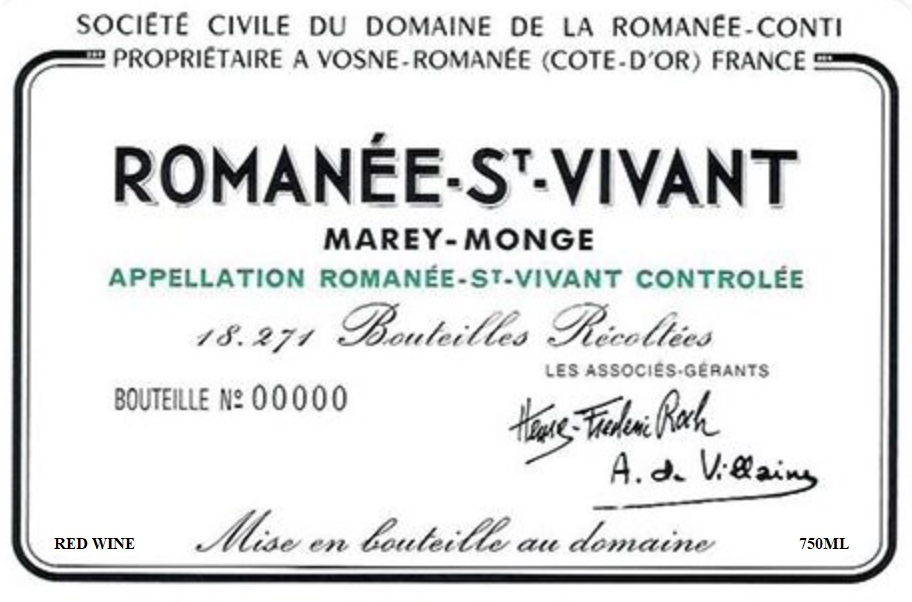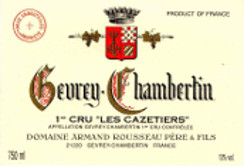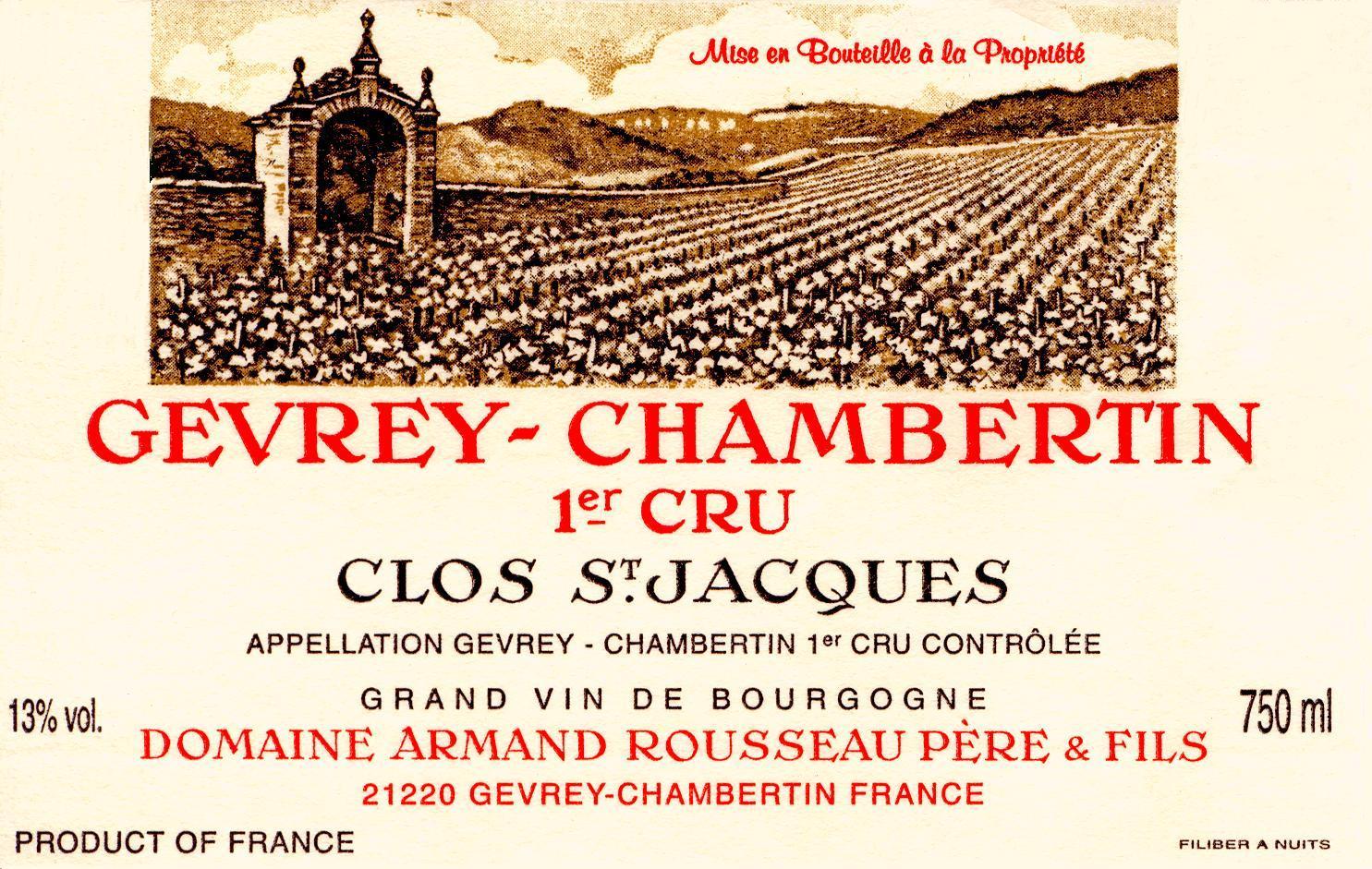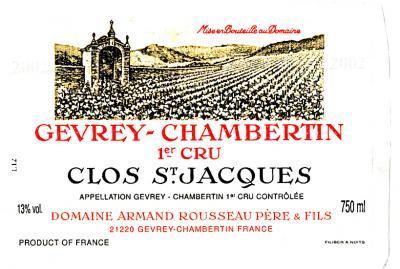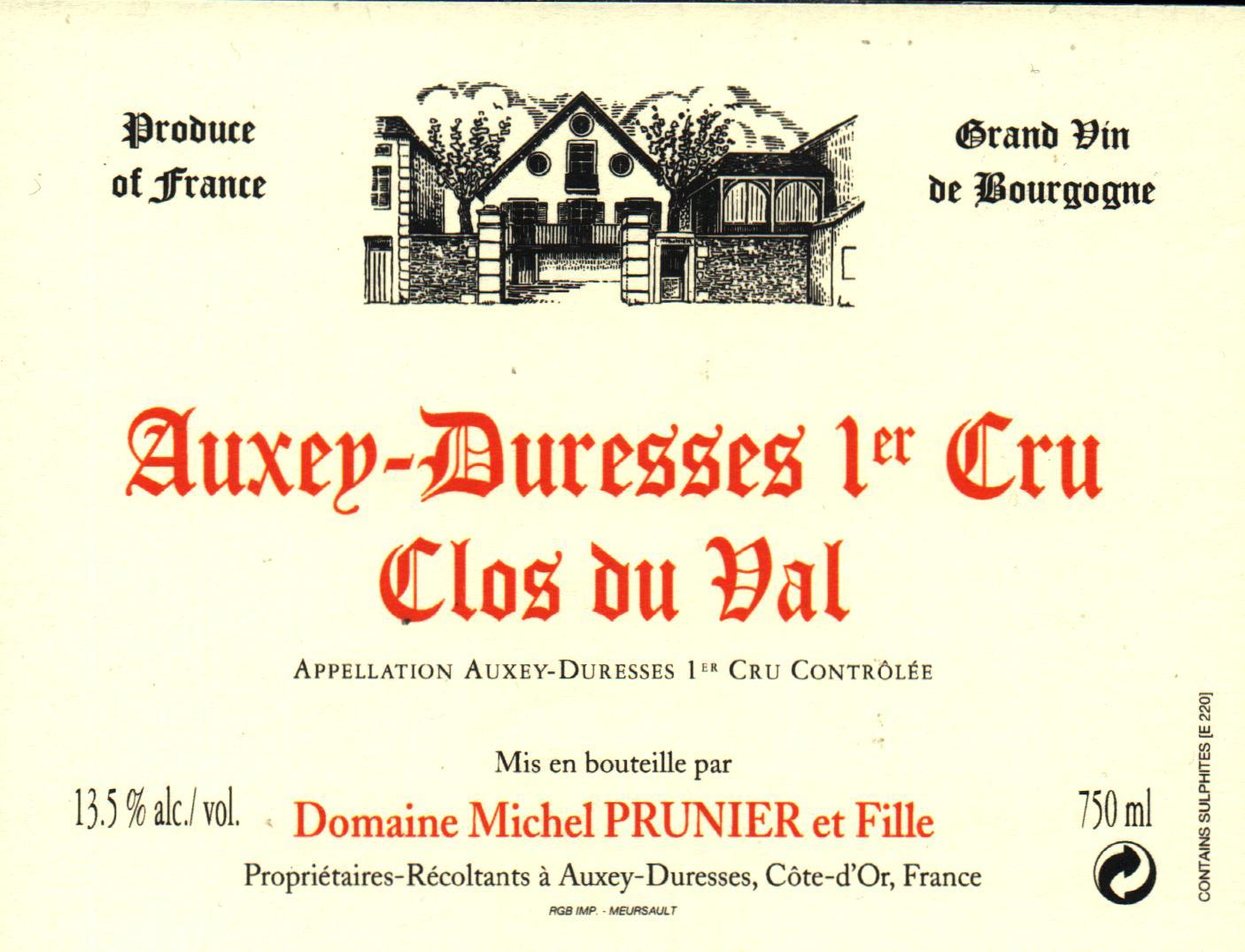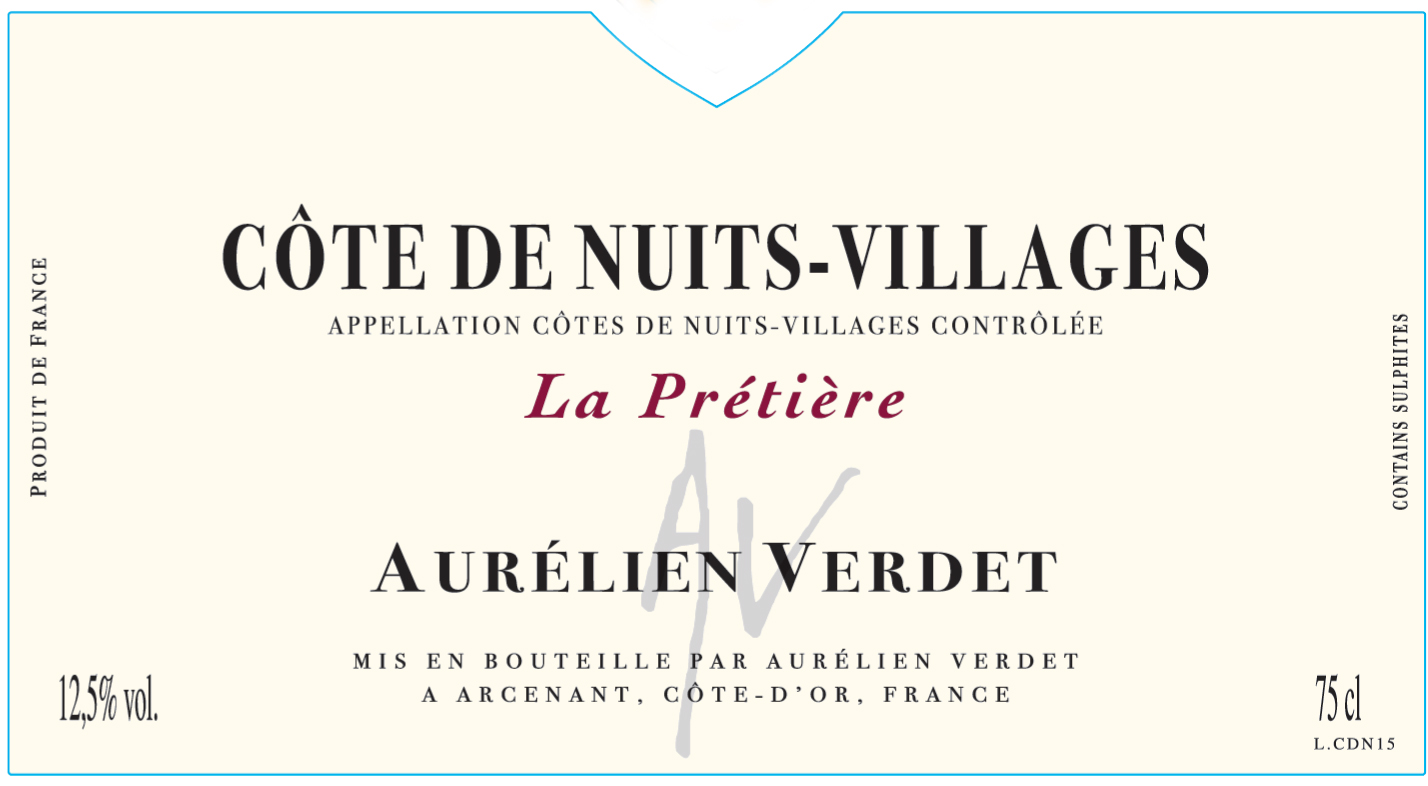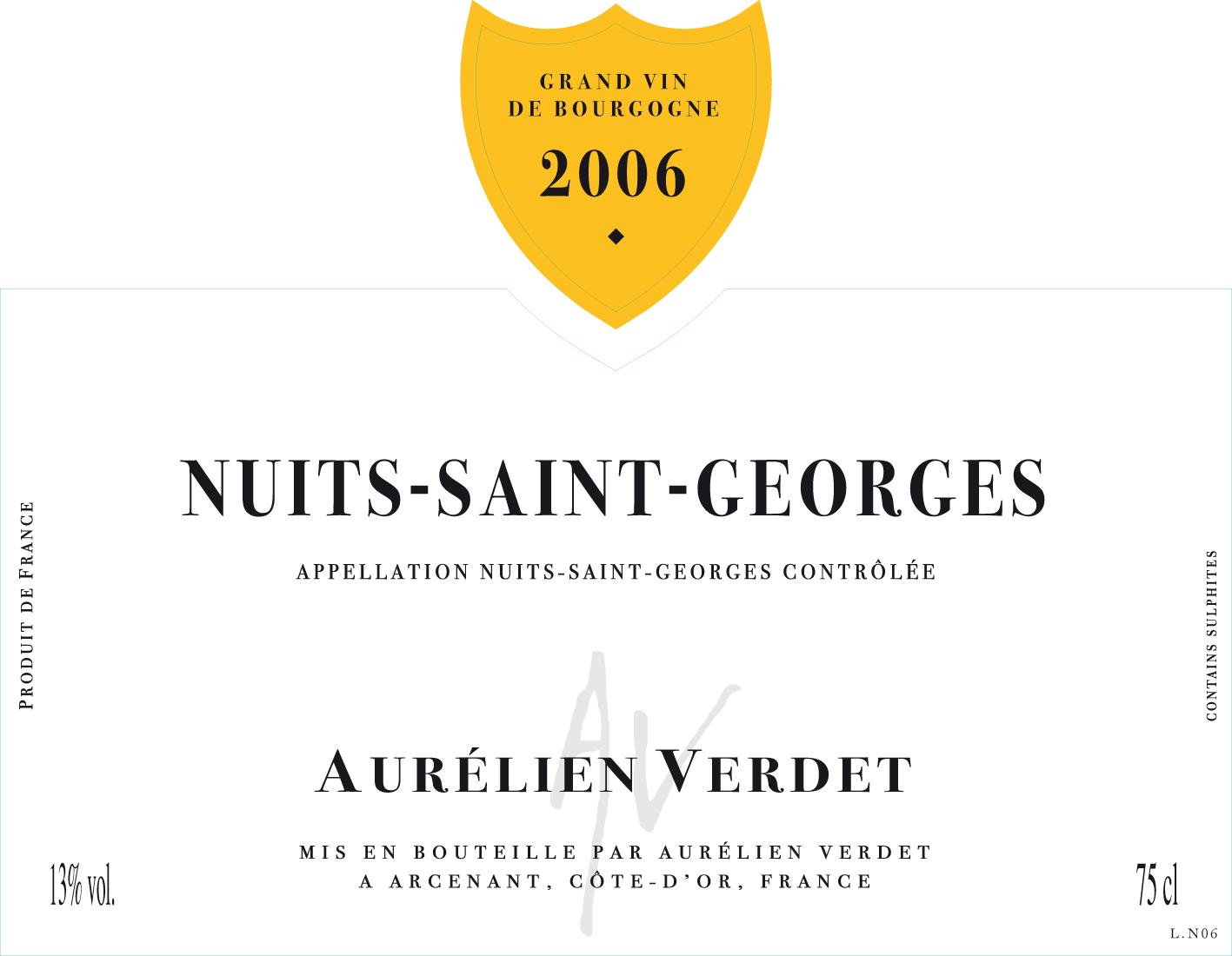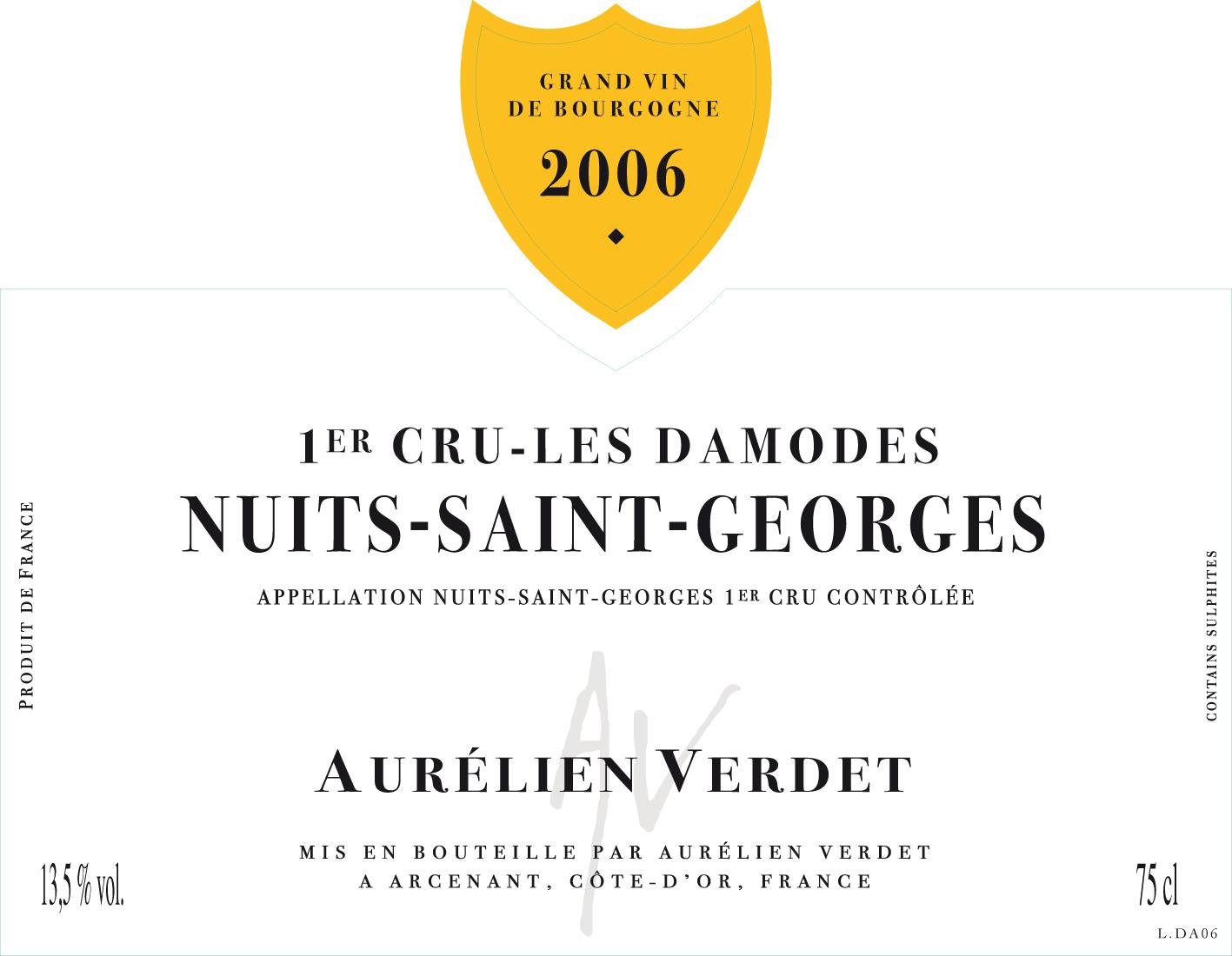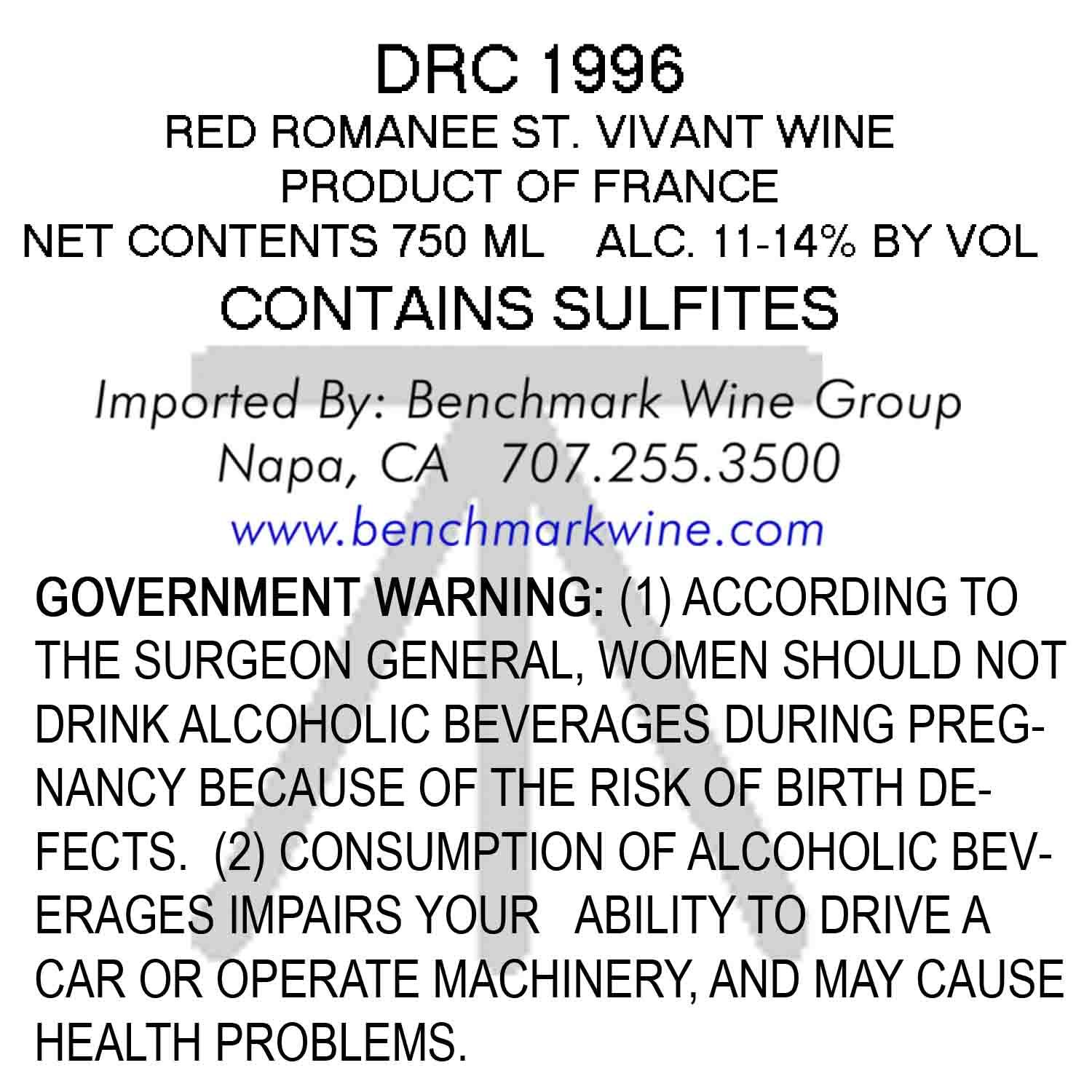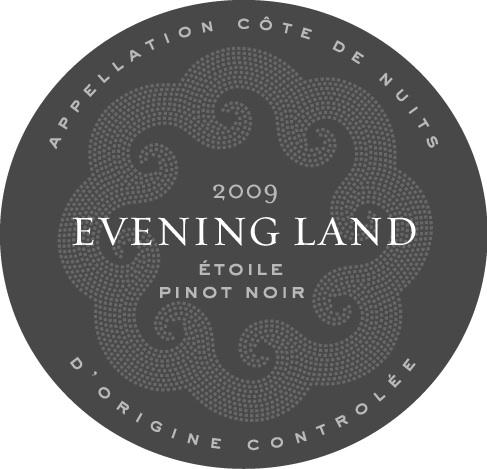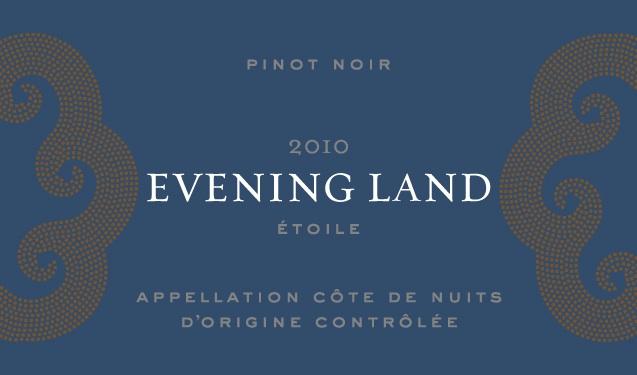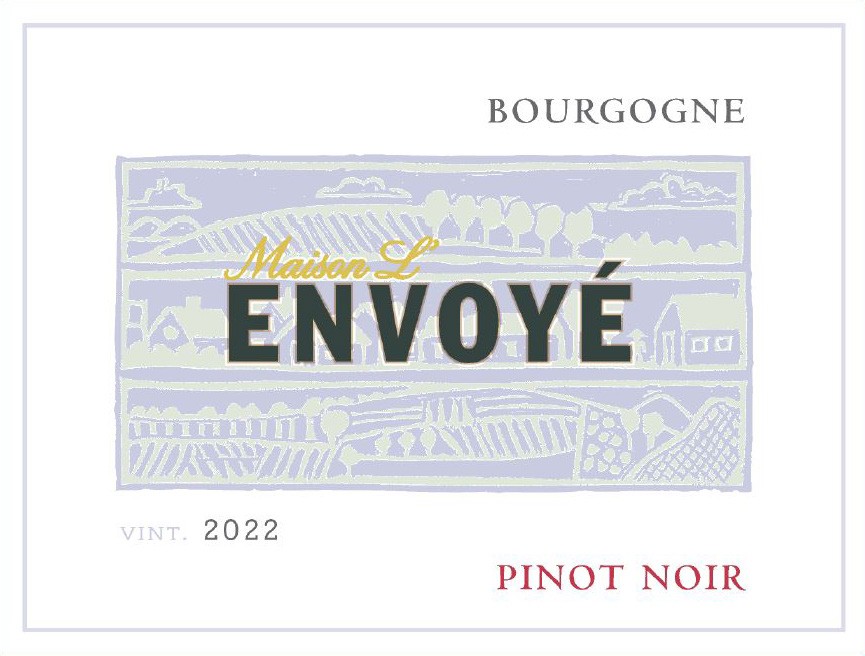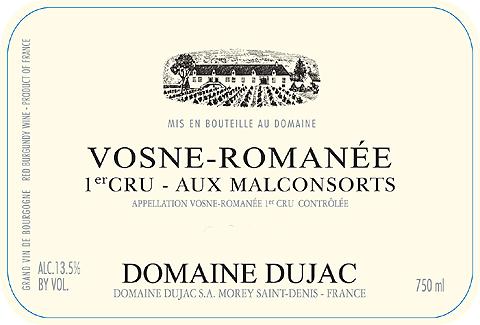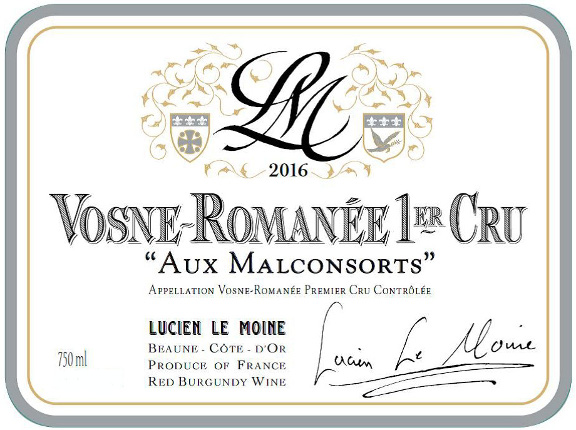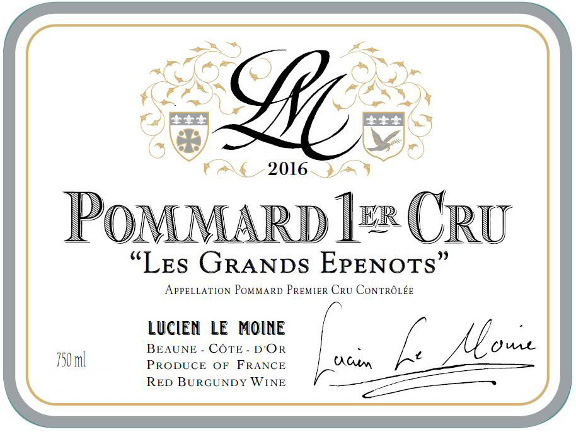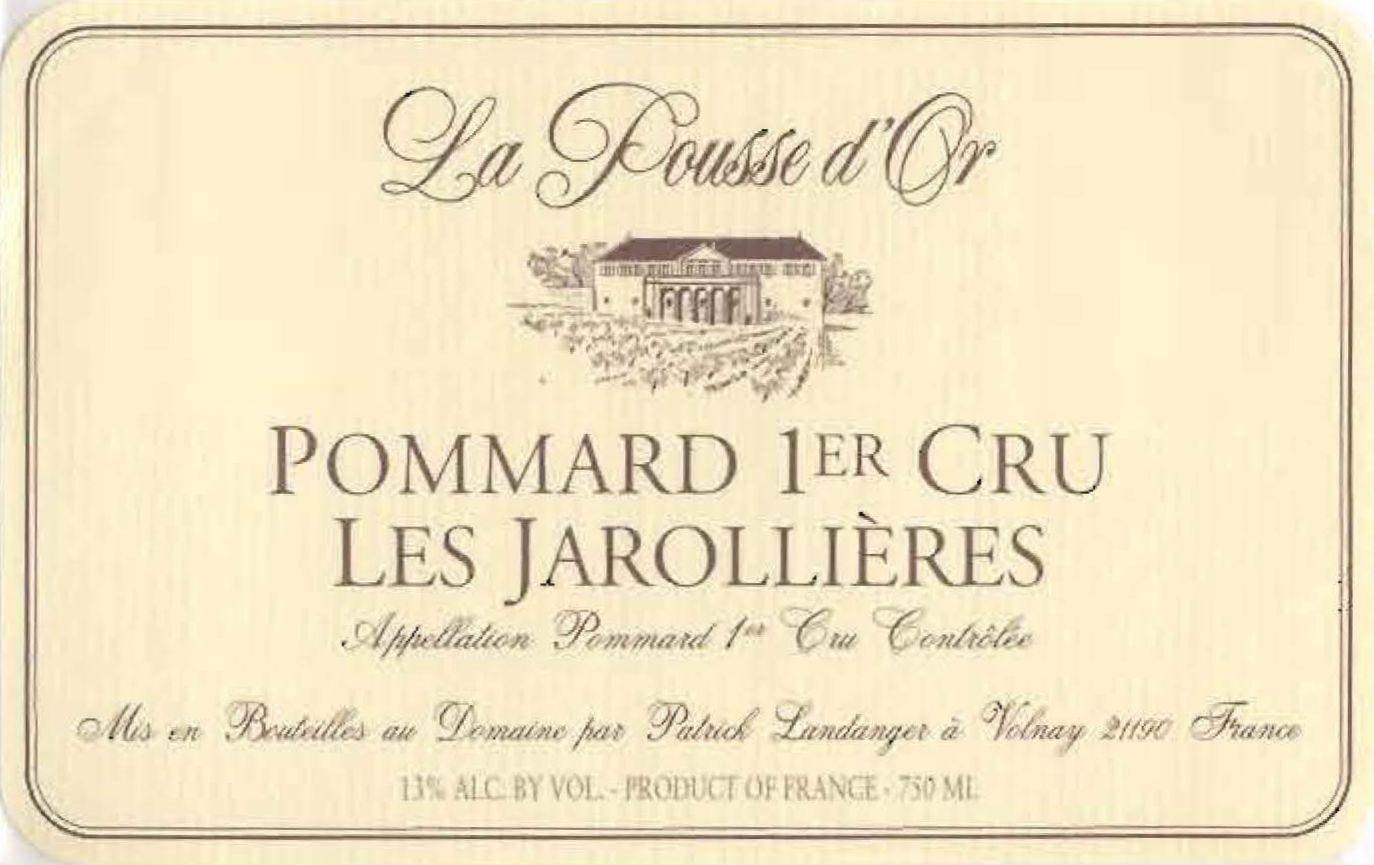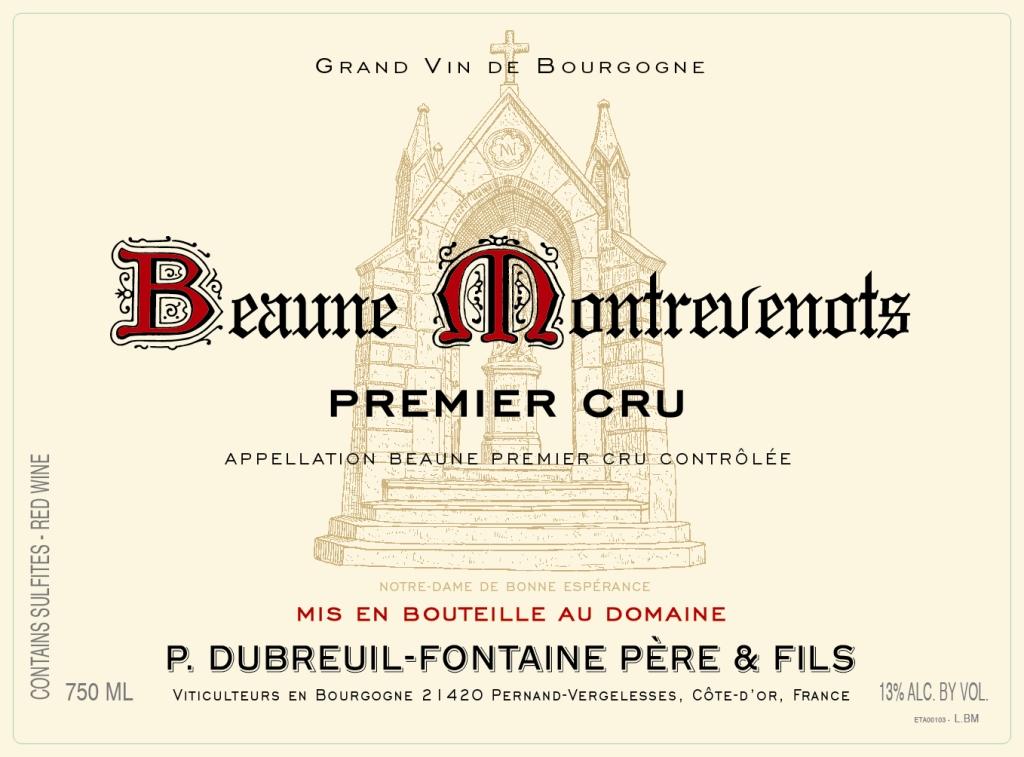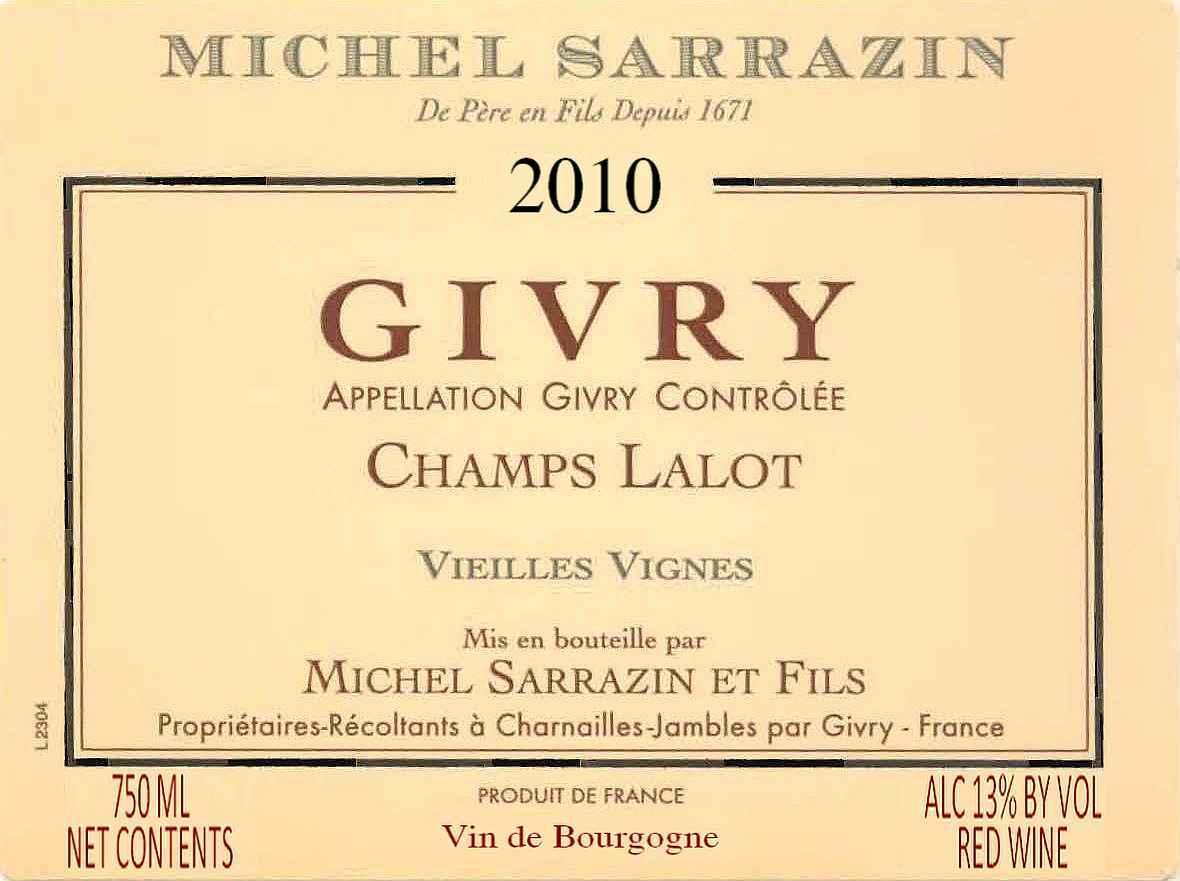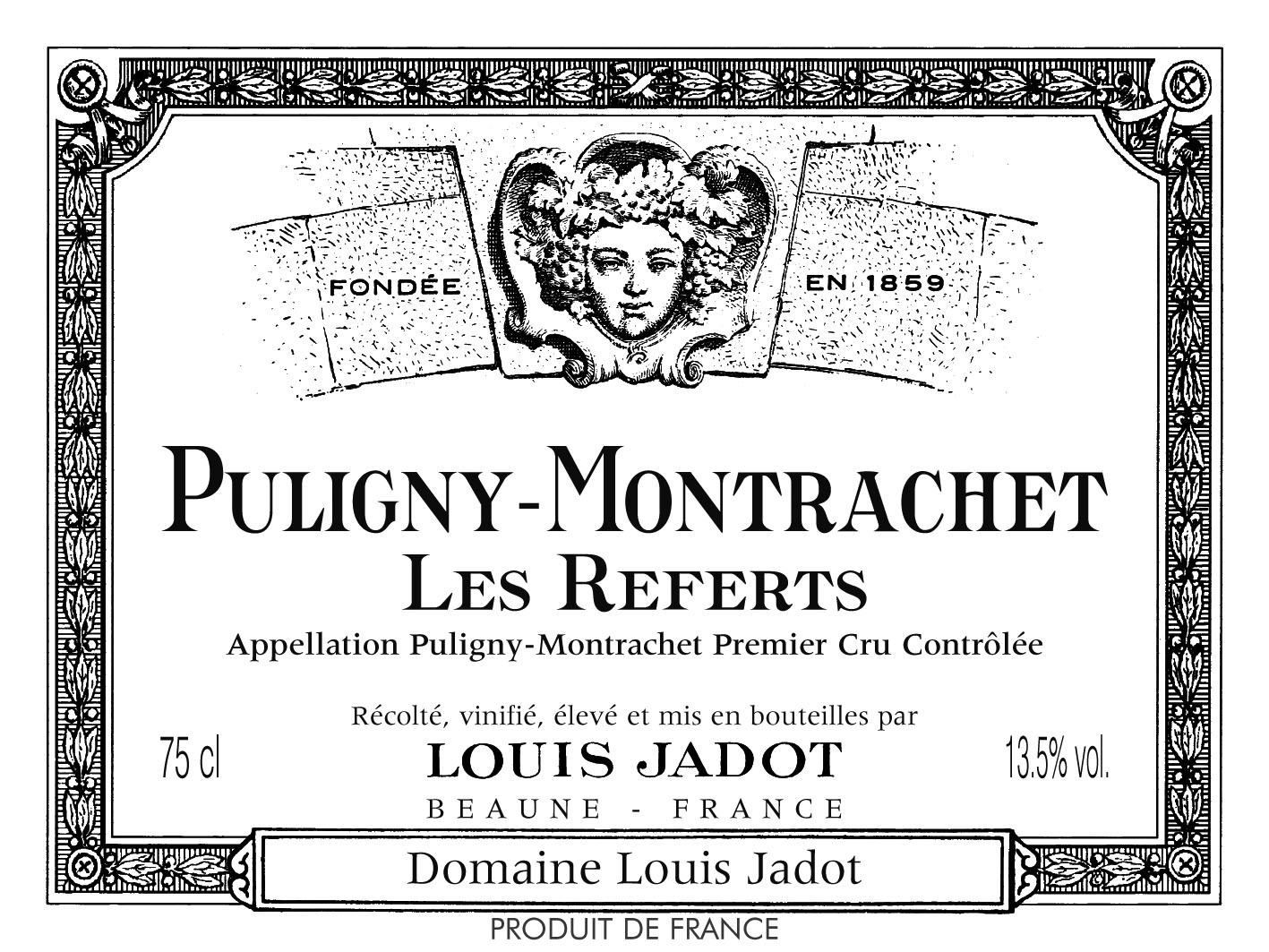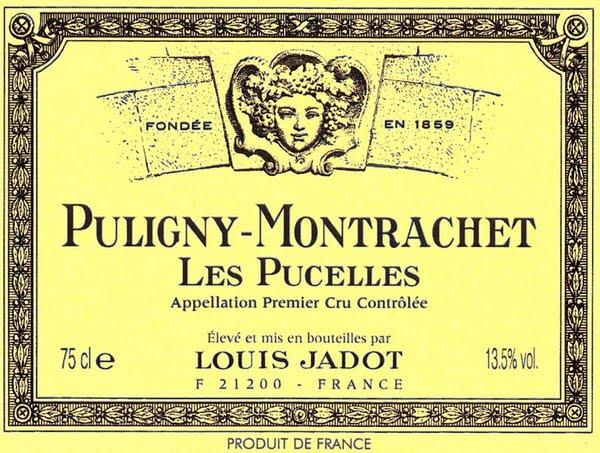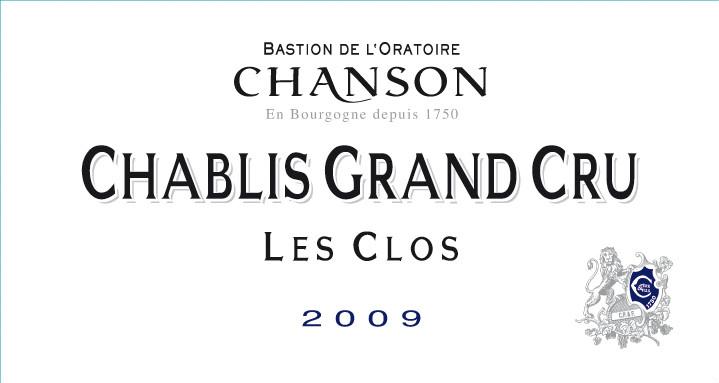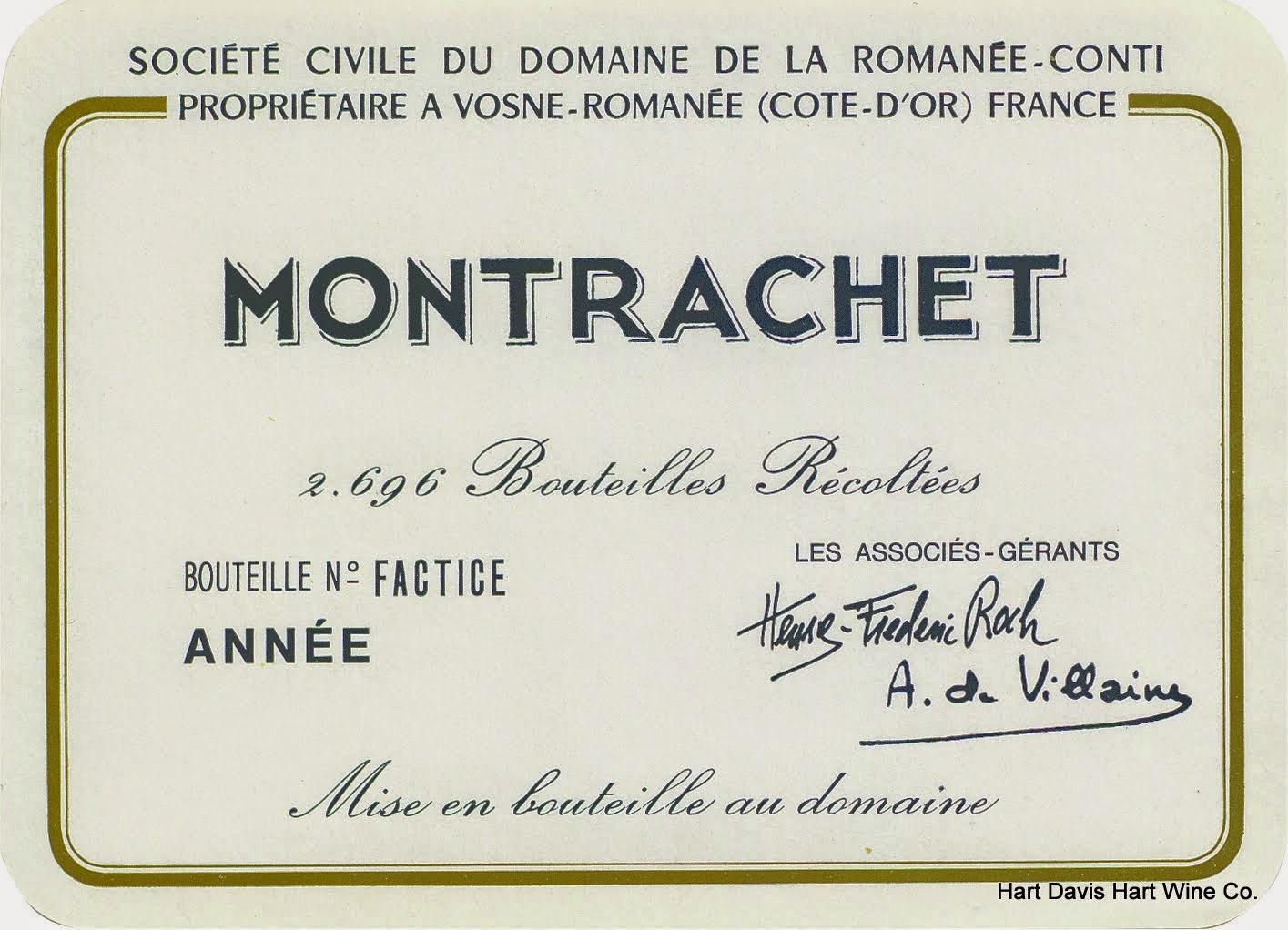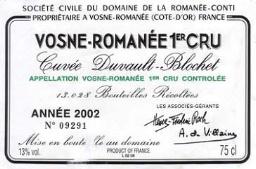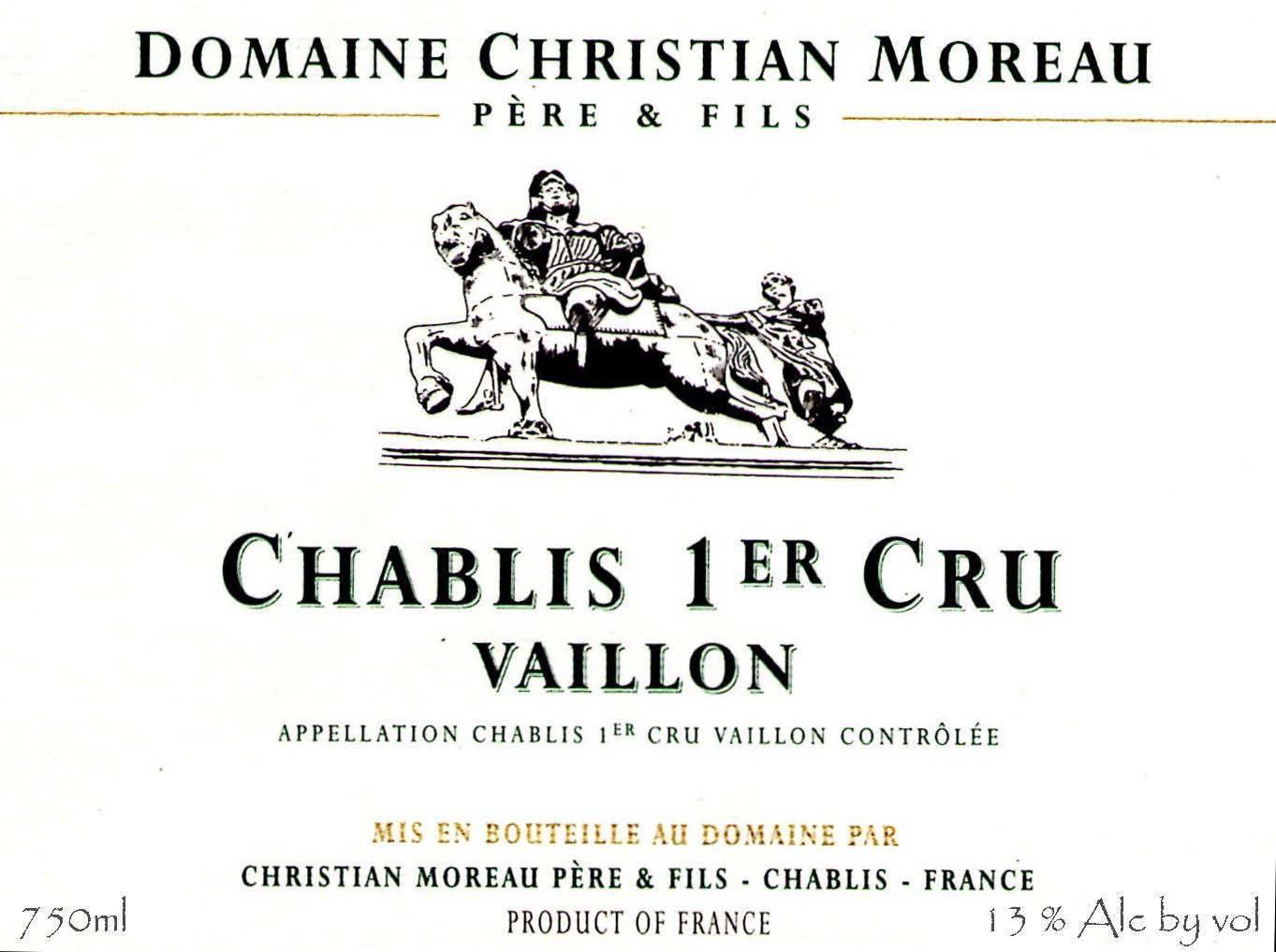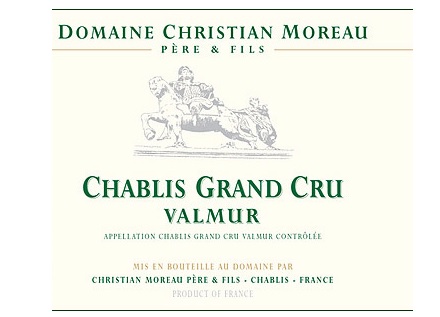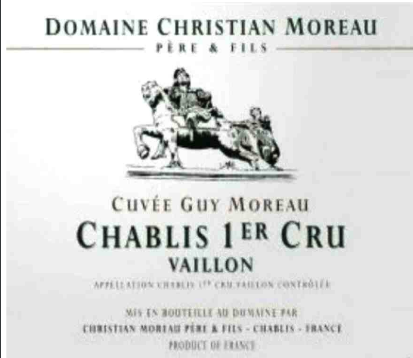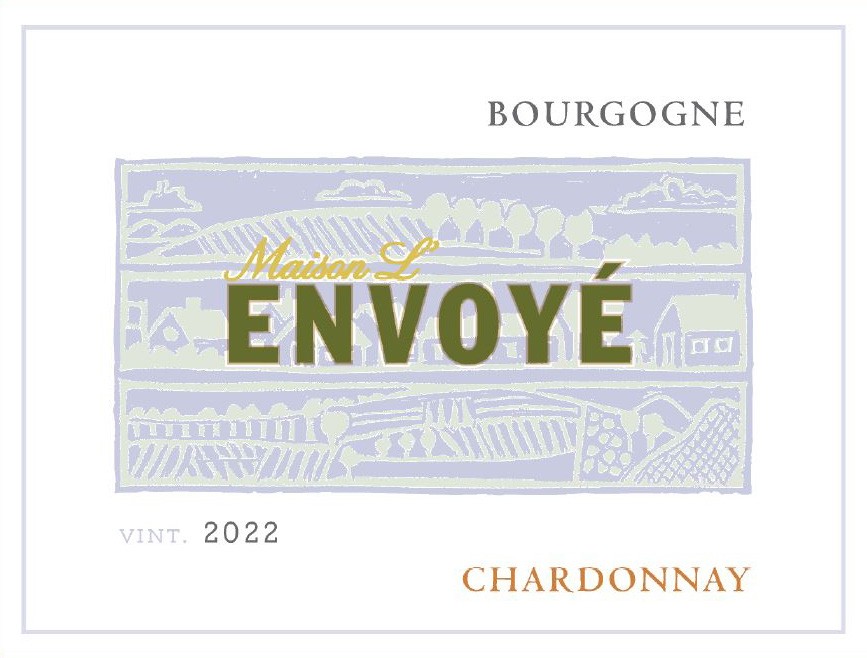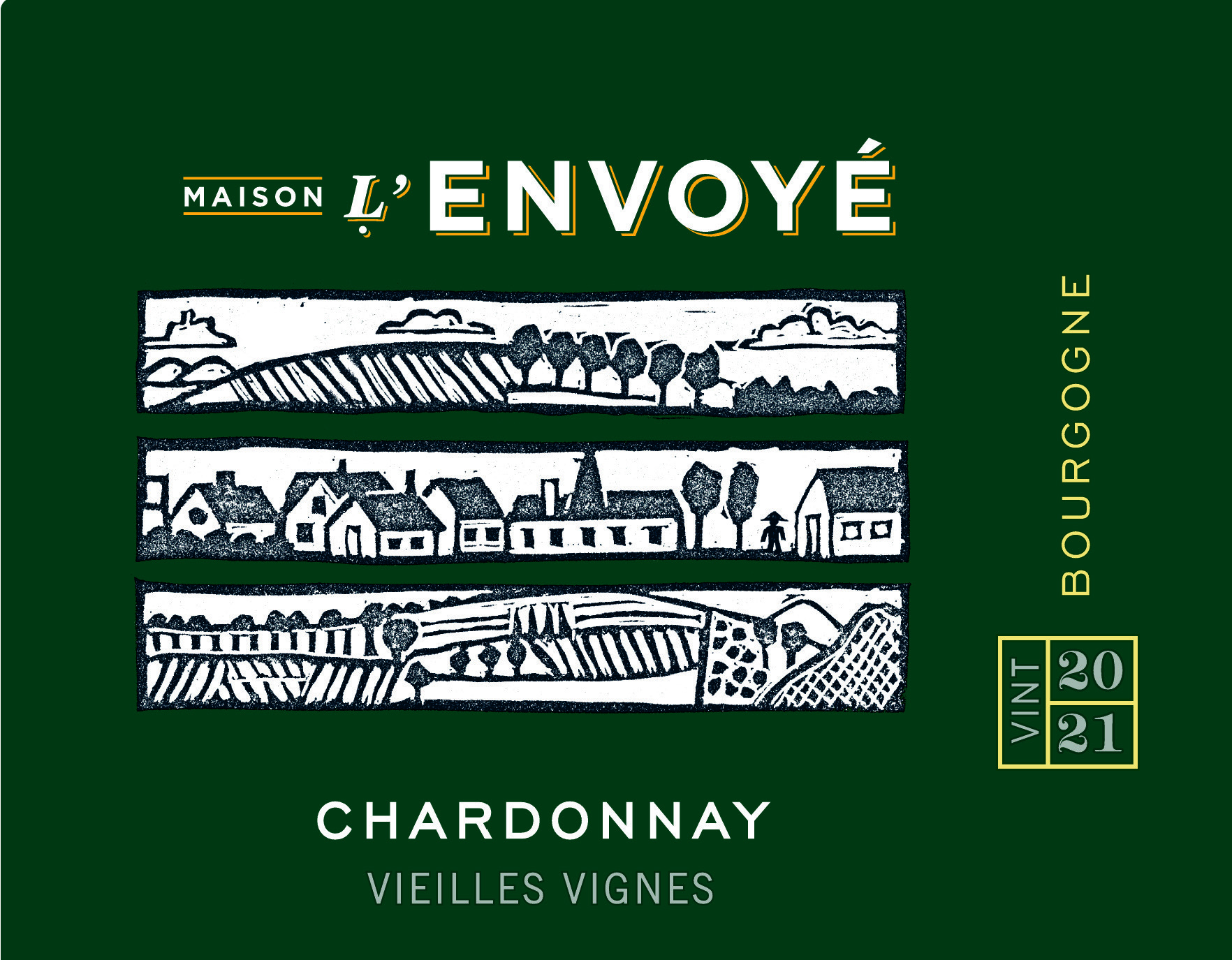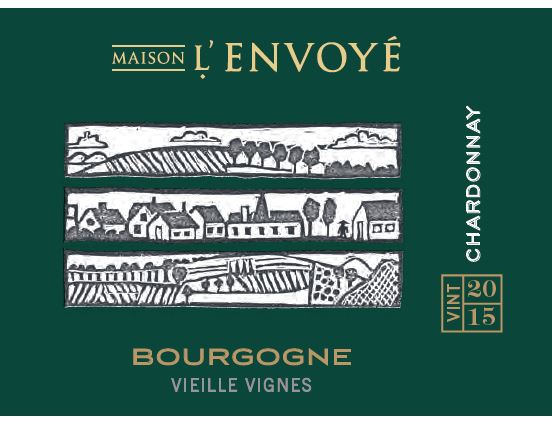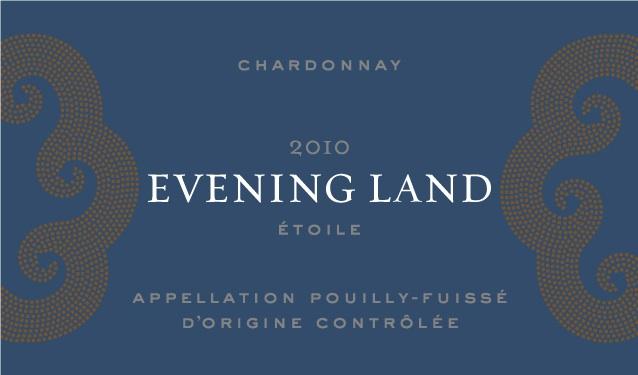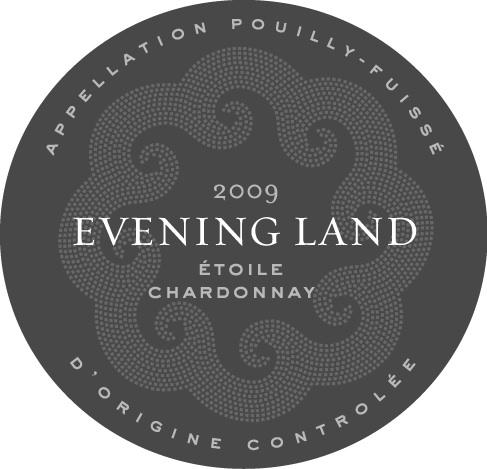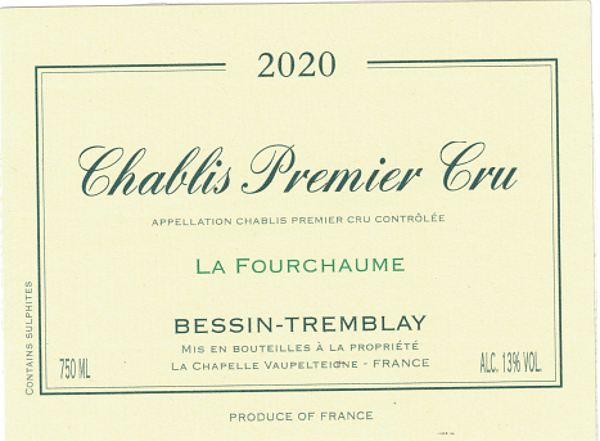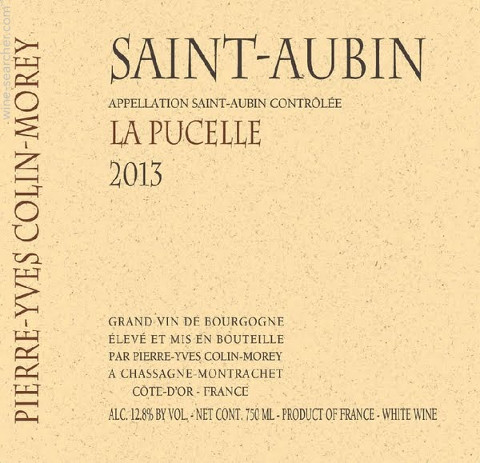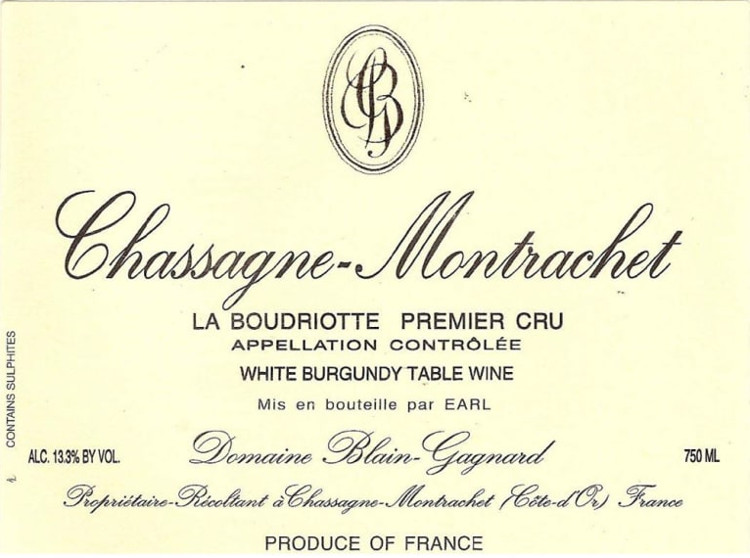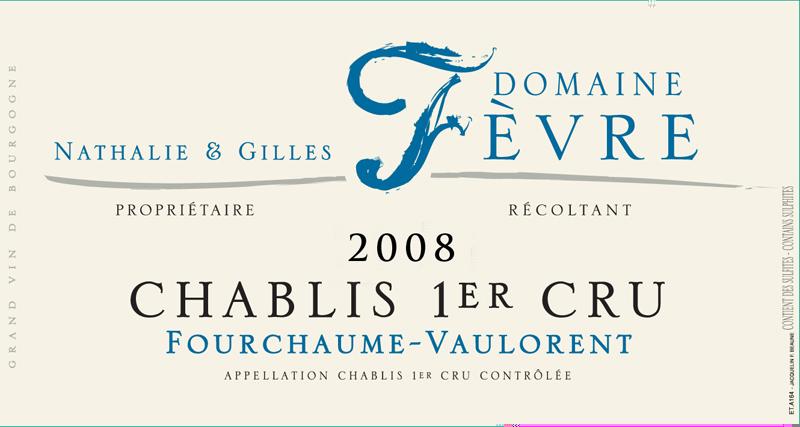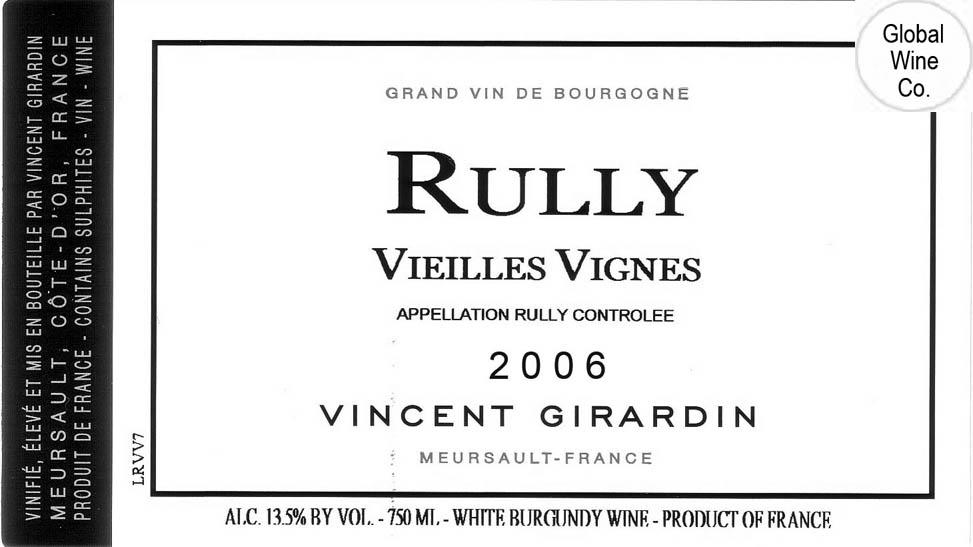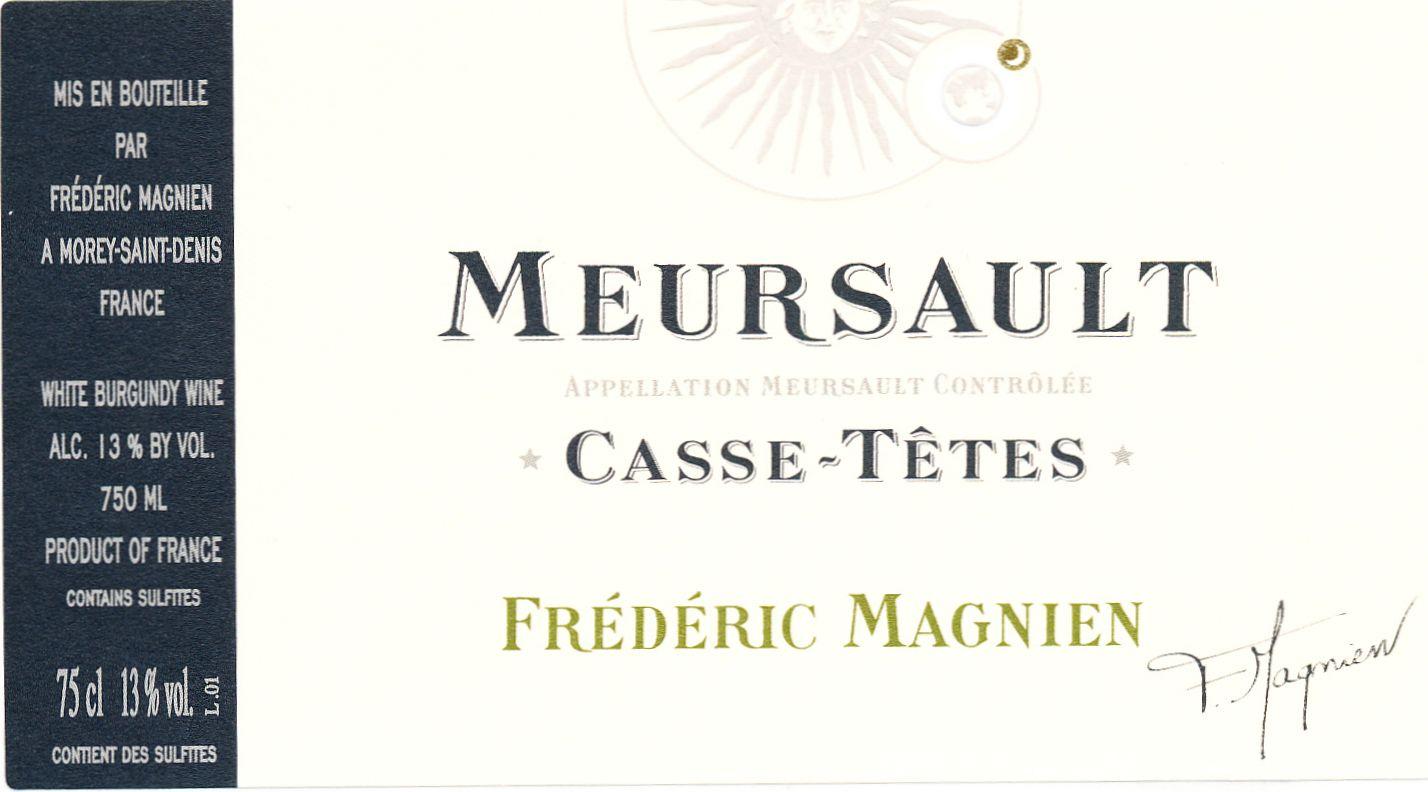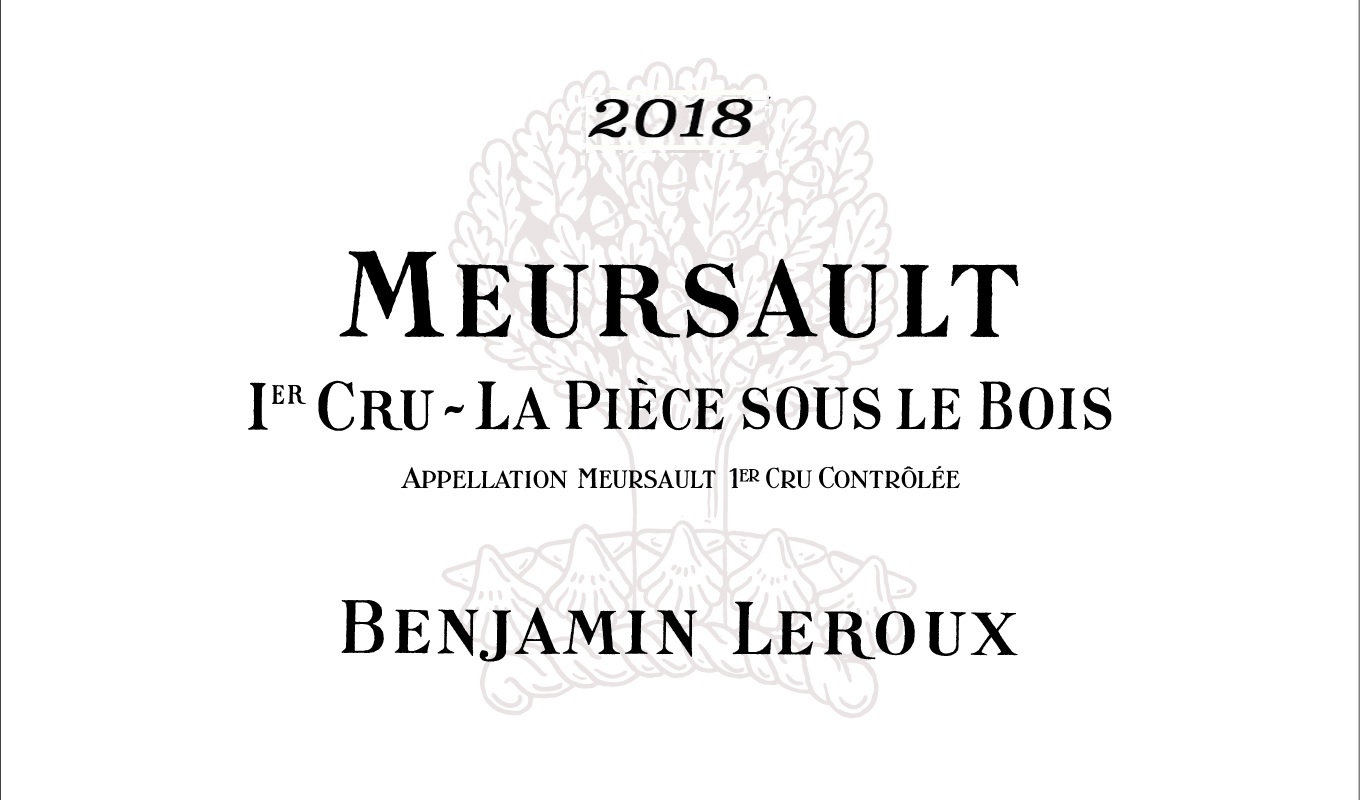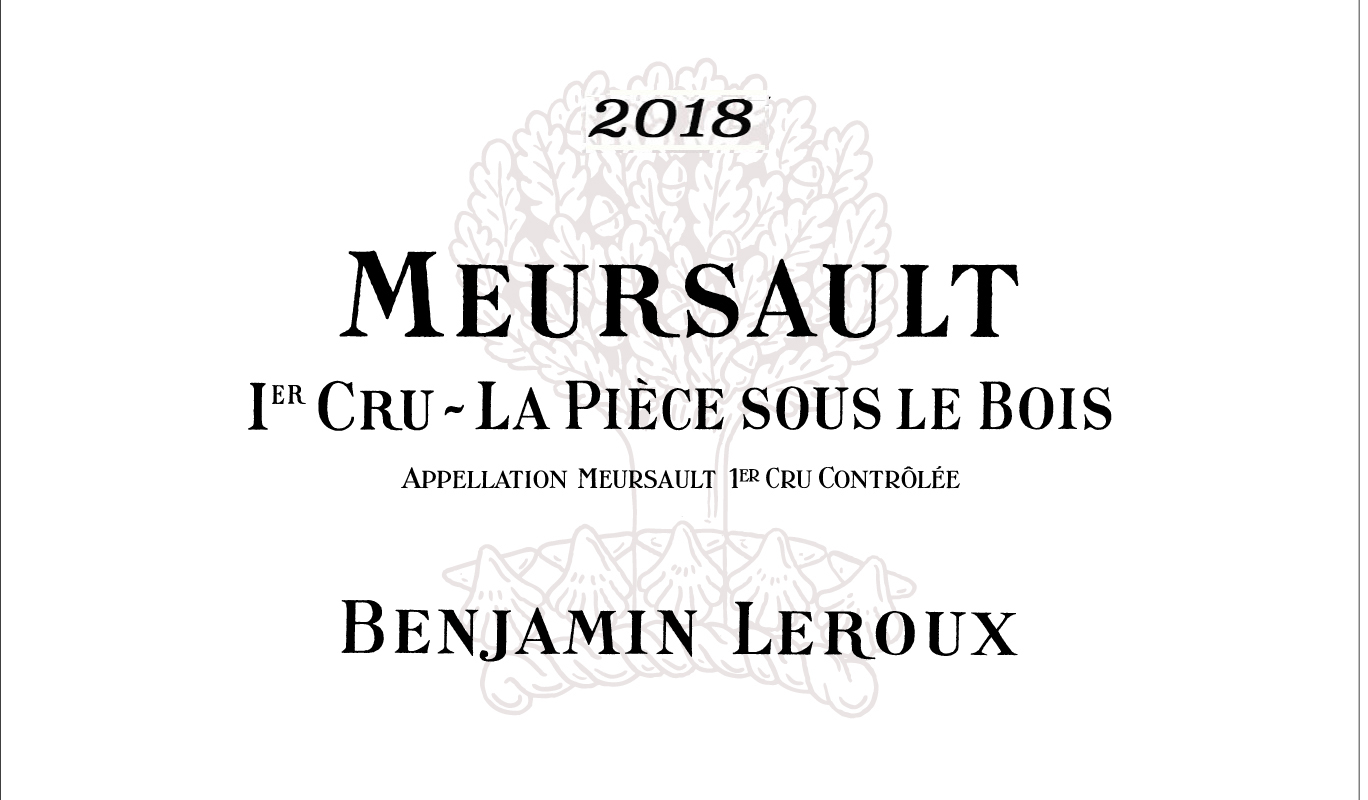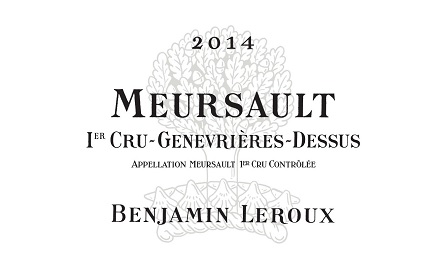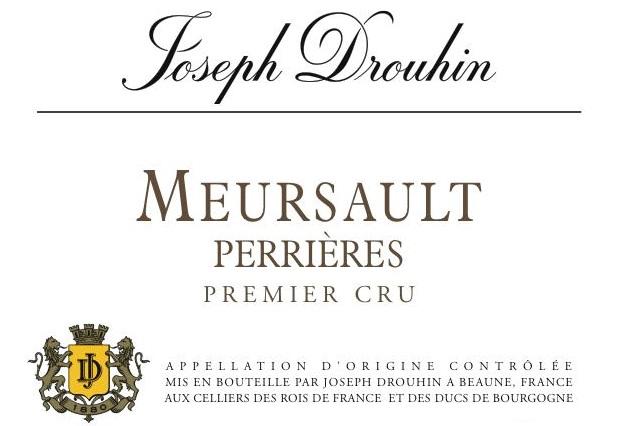Terroir of Burgundy
Burgundy's terroir is a natural masterpiece, with Jurassic-era limestone and marl soils, layered with clay, defining the region's 1,200 unique climats. These soils, especially the Kimmeridgian limestone in Chablis, give the wines a famous minerality. The Côte d’Or's mid-slope vineyards have excellent drainage and sunlight, boosting grape quality.
The region's climate, with cold winters and hot summers, brings challenges like spring frost and hail, affecting vintage differences. The Massif de la Côte hills offer protection, influencing vineyard direction and microclimates. Chablis stays cooler, perfect for crisp Chardonnay, while the warmer Côte Chalonnaise and Mâconnais make approachable wines. Burgundy, a UNESCO World Heritage site, ties its wine production to the land's altitude and geology, celebrated through its classification system.
Notable Wineries in Burgundy
Burgundy, a region steeped in history, is renowned for its world-class Pinot Noir and Chardonnay. Among its top wineries, Domaine de la Romanée-Conti (DRC) stands out, famed for its biodynamic practices and the rare Romanée-Conti wine.
Domaine Leroy, under the guidance of Lalou Bize-Leroy, is celebrated for its powerful, biodynamic wines. Domaine Armand Rousseau excels with its structured Grand Crus from Gevrey-Chambertin, while in Chambolle-Musigny, Domaine Comte Georges de Vogüé is a key figure, particularly with Musigny Grand Cru.
Domaine Leflaive leads in crafting biodynamic Chardonnay in Puligny-Montrachet. Joseph Drouhin, a family-run operation in Beaune, is known for organic wines, and Louis Jadot offers traditional wines as a major négociant-domaine across Côte d’Or. Additionally, Raveneau and Dauvissat are notable in Chablis, with Roumier, Coche-Dury, Lafon, and Thivin also making significant impacts in the region.
Sustainable Winemaking in Burgundy
Burgundy is experiencing a surge in sustainable winemaking, with 16% of its vineyards now organic-certified and many others adopting organic methods quietly. The region embraces practices like cover cropping, composting, and natural sprays, using sexual confusion for pest control. The lutte raisonnée approach focuses on reducing chemical use, while certifications like HVE and Terra Vitis are becoming more popular.
Faced with climate change, Burgundy's winemakers are adjusting strategies, such as altering canopy management and using massal selection, to maintain terroir and manage ripeness. Despite challenges from extreme weather, producers strive to protect the unique qualities of their wines. The Bourgogne Wine Board (BIVB) actively supports these green initiatives, ensuring the region's wines continue to reflect both heritage and sustainability.
Wine Tourism in Burgundy
Burgundy offers a captivating wine tourism experience, blending history and viticulture. Visitors can traverse the Route des Grands Crus, a picturesque journey through 31 wine villages, including the notable Beaune, home to the Hospices de Beaune auction.
The region's diverse activities include vineyard walking tours, cycling along the Voie des Vignes, and unique horse-drawn tours. Burgundy also hosts vibrant events like the Saint-Vincent Tournante and the Paulée de Meursault, celebrating its rich winemaking traditions. The Cité des Climats museum in Beaune immerses visitors in Burgundy’s wine heritage. Tasting rooms and wine shops offer opportunities to explore acclaimed terroirs, while local markets and cooking classes enhance the culinary experience. Amidst these adventures, Burgundy's dedication to sustainable winemaking is evident, with many vineyards practicing organic and biodynamic methods.



